Pomegranate Seeds: Your Essential Guide to Unlocking Their Flavor and Health Benefits
Pomegranate seeds – those luminous, ruby-red jewels, scientifically known as arils, are a true culinary marvel. They infuse everything from vibrant breakfast bowls to elegant holiday salads with an irresistible burst of sweet-tart flavor and striking visual appeal. If you’ve ever found yourself with a beautiful pomegranate, pondering how to best utilize its precious cargo beyond a simple garnish, you’ve come to the right place. This comprehensive guide will unveil a treasure trove of delicious, creative, and healthy ways to integrate pomegranate seeds into your everyday cooking and special occasion dishes, elevating your culinary experience.
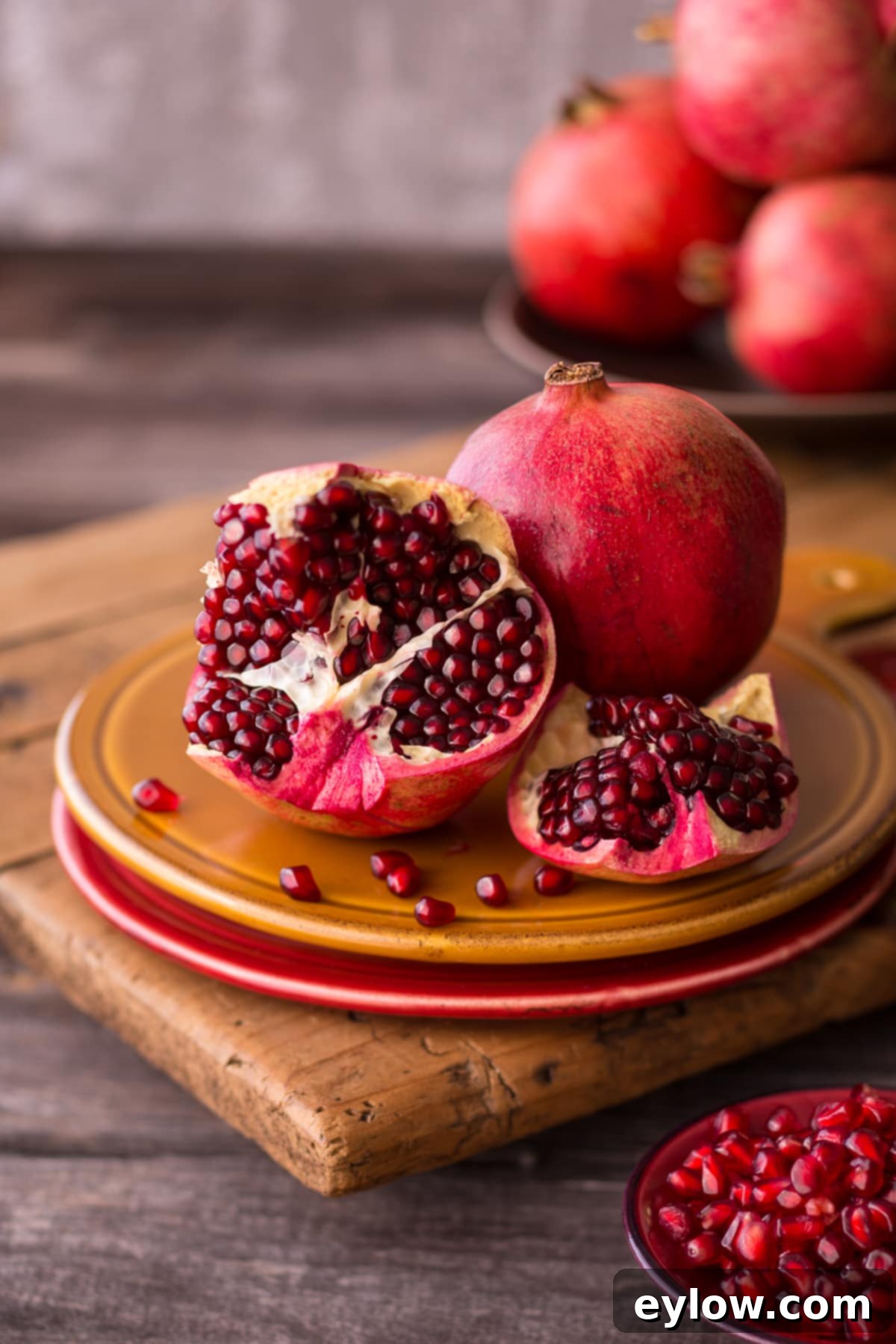
My earliest memories of pomegranates are vivid and nostalgic. I recall the excitement of sitting outdoors as a child, meticulously cracking open my first pomegranate, watching the brilliant ruby-red juice cascade down my fingers, leaving behind a charming pink stain that lingered for days. Back then, pomegranates seemed like an exotic, almost mythical fruit, a rare treat reserved for special moments. Thankfully, these days, pomegranates are readily available in most grocery stores, making it easy to rediscover their wonderful flavor and countless benefits, just as delightful as I remember them.
What Are Pomegranate Seeds?
Each pomegranate fruit is a veritable treasure chest, housing hundreds of these tiny, juicy seeds, or arils. Each aril is a marvel of nature, consisting of a small, crunchy seed enveloped by a succulent, ruby-colored pulp that delivers a unique sweet-tart taste. More than just a delight for the taste buds, pomegranate arils are nutritional powerhouses. They are exceptionally rich in essential nutrients, including a significant amount of vitamin C, which is crucial for immune health, and vitamin K, vital for blood clotting and bone health. Beyond vitamins, they are packed with powerful antioxidants, particularly polyphenols, and provide a healthy dose of dietary fiber, promoting digestive wellness. Their distinct texture and vibrant hue make them an unparalleled ingredient, capable of adding both captivating color and a satisfying crunch to an astonishing array of both savory and sweet dishes.
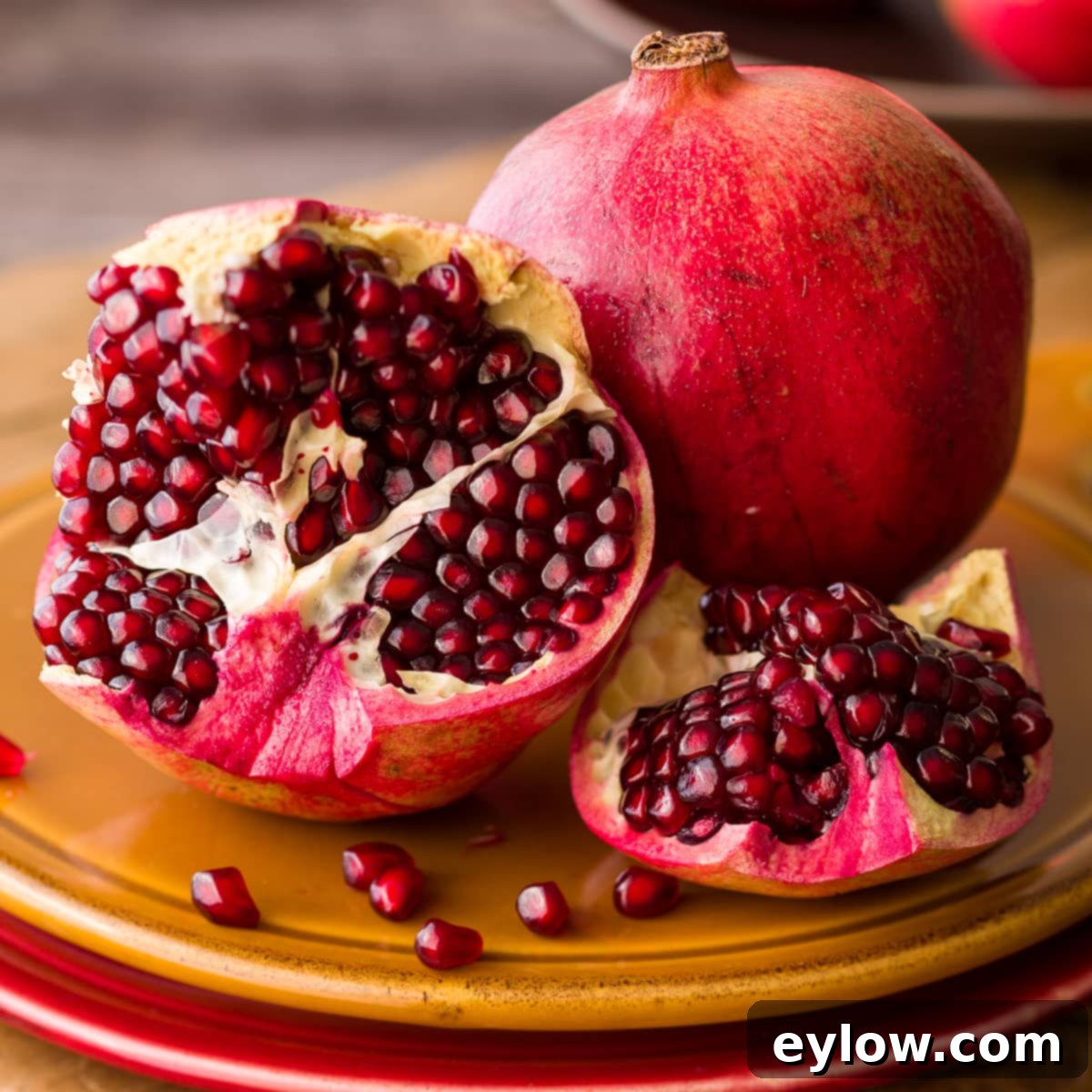
Nutritional Powerhouse: The Health Benefits of Pomegranate Seeds
Beyond their delightful taste and stunning appearance, pomegranate seeds offer a wealth of health benefits, making them a wise addition to any diet. Their rich antioxidant profile is perhaps their most celebrated attribute. Pomegranates are brimming with polyphenols, such as anthocyanins and tannins, which are potent compounds that help combat oxidative stress and neutralize harmful free radicals in the body. This protective action can contribute to reducing the risk of chronic diseases.
The high content of Vitamin C in pomegranate seeds boosts the immune system, aiding in the body’s defense against infections and illnesses. Vitamin K, another abundant nutrient, plays a critical role in blood clotting and maintaining strong, healthy bones. Furthermore, these ruby arils are an excellent source of dietary fiber, which is paramount for digestive health. Fiber promotes regular bowel movements, helps maintain a healthy gut microbiome, and contributes to feelings of fullness, potentially aiding in weight management. Regular consumption of fiber-rich foods like pomegranate seeds can also help regulate blood sugar levels.
Emerging research also highlights pomegranate’s potential anti-inflammatory properties, which can be beneficial for conditions ranging from arthritis to heart disease. The unique blend of antioxidants and anti-inflammatory compounds found in pomegranates may support cardiovascular health by helping to lower blood pressure, reduce LDL (bad) cholesterol oxidation, and improve overall blood flow. Incorporating these vibrant seeds into your meals is not just a culinary choice, but a step towards a healthier lifestyle.
Mastering the Pomegranate: How to Open Without the Mess
For many, the idea of deseeding a pomegranate can seem daunting. Its tough, leathery red skin and intricate network of white membranes often intimidate home cooks, leading to fears of a stained kitchen and frustrated efforts. However, opening a pomegranate and extracting its precious arils doesn’t have to be a messy ordeal. Forget the old-fashioned “whacking with a wooden spoon” trick, which often leads to splattered juice and wasted seeds. The key to a clean and efficient process lies in the simple, yet incredibly effective, reliable underwater method. This technique minimizes mess and makes separating the arils from the pith remarkably easy.
- Trim the Ends: Begin by placing the pomegranate on a stable cutting board. Using a sharp chef’s knife, carefully slice off a thin section from the top (crown) and bottom (blossom end) of the fruit. This exposes the internal structure of the seeds and provides a flat surface, making the next steps easier and safer.
- Score the Skin: Observe the natural ridges on the outside of the pomegranate. These ridges often indicate where the internal membranes separate the arils. Following these lines, make several shallow vertical cuts from the top opening to the bottom opening around the circumference of the fruit. Be careful not to cut too deeply into the arils themselves, only through the skin and white pith.
- Open Under Water: Fill a large bowl with cold water. Submerge the scored pomegranate completely in the water. While underwater, gently pull the sections of the fruit apart along your scored lines. The water prevents the ruby juice from splattering and makes the separation much cleaner.
- Separate the Seeds: Still submerged, use your fingers to gently loosen the arils from the white membranes. The beautiful, heavy arils will conveniently sink to the bottom of the bowl, while the lighter, bitter white pith and membranes will float to the surface. This ingenious separation is what makes the underwater method so effective.
- Drain and Dry: Once all the arils are freed, skim off and discard the floating membranes. Carefully drain the water through a fine-mesh sieve, catching all the pomegranate seeds. For best results, gently pat the arils dry with a clean kitchen towel or paper towels before using them, especially if you plan to store them or add them to dishes where excess moisture isn’t desired.
Chef’s Tip: For an even cleaner deseeding experience, try refrigerating the whole pomegranate for about 30 minutes before you begin the process. The cold temperature slightly firms the juice and tissues, which can make the arils even easier to release and further reduce any potential stickiness or mess.
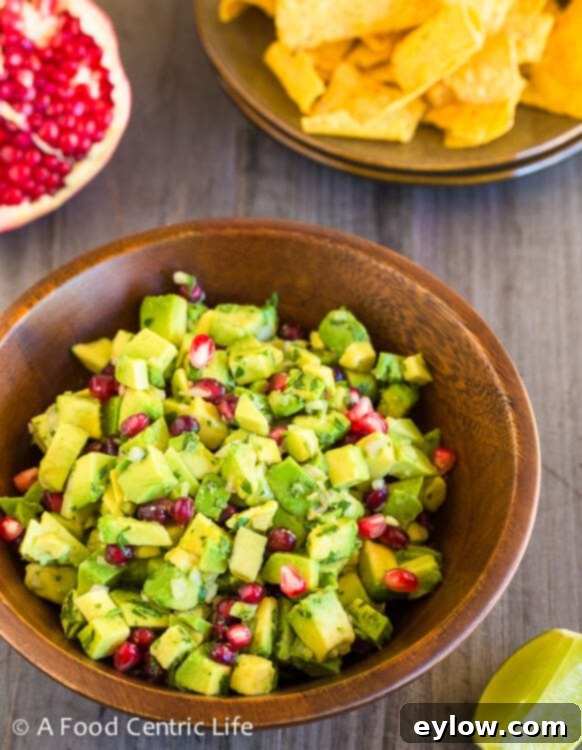
A Guide to Buying, Storing, and Freezing Pomegranate Seeds
To fully enjoy the delightful taste and texture of pomegranate seeds, knowing how to select, store, and even preserve them is crucial. These tips will help you maximize their freshness and longevity.
Buying Whole Pomegranates:
When selecting whole pomegranates, the most important indicator of ripeness and juiciness is weight. Choose fruits that feel surprisingly heavy for their size; this weight signifies a high juice content within the arils. The skin should be smooth, taut, and firm, without any noticeable cracks, bruises, or soft spots, which can indicate spoilage. While the color can vary from a pinkish-red to a deep, dark crimson depending on the variety, a vibrant, even color is generally a good sign. Avoid any fruits that feel light, shriveled, or have significant blemishes.
Buying Packaged Pomegranate Arils:
Pre-packaged pomegranate arils offer convenience, but require careful selection. Always check the “sell-by” or “best-by” date on the container. Look for arils that are bright, glossy, and uniformly colored. There should be no cloudiness in the container, and definitely no pooling of juice at the bottom, which suggests the seeds are past their prime or have been damaged. The seeds should appear plump and distinct, not mushy or discolored.
Storing Pomegranate Seeds:
Whole, unopened pomegranates are quite robust. They can be stored at room temperature for about a week, especially if your kitchen is cool. For extended freshness, transfer them to the refrigerator, where they can last for an impressive up to 3 weeks, sometimes even longer. Once you’ve deseeded a pomegranate, the arils need to be stored properly to maintain their quality. Place the dried arils in an airtight container and keep them in the refrigerator for up to 5 days. The key here is to ensure they are as dry as possible before storage, as any residual moisture can significantly shorten their shelf life and lead to sogginess or spoilage.
Freezing Pomegranate Seeds:
Freezing is an excellent way to preserve pomegranate seeds for long-term use, allowing you to enjoy their unique flavor long after their peak season. To freeze them effectively, first, ensure the arils are completely dry after deseeding. Spread them out in a single layer on a parchment-lined baking sheet. This crucial step prevents them from clumping together. Place the baking sheet in the freezer until the seeds are completely firm (this usually takes 1-2 hours). Once frozen solid, transfer the individual arils to a freezer-safe bag or an airtight container. Make sure to remove as much air as possible before sealing. Label and date the container. Frozen pomegranate seeds will maintain their quality, color, and texture for 3-4 months. They can be used directly from frozen in many applications, such as blending into smoothies, sprinkling over yogurt, or adding to salads (they’ll thaw quickly).
Chef’s Tip: For a delightful and decorative touch, use frozen pomegranate seeds as natural, edible “ice cubes.” Drop a few into sparkling water, lemonade, or a glass of Champagne or a cocktail for a beautiful, festive accent that slowly infuses a subtle flavor as it thaws.

Unleash the Ruby Jewels: Delicious Ways to Use Pomegranate Seeds
Pomegranate seeds are truly a culinary chameleon, capable of transforming a simple dish into something extraordinary. Their vibrant color, juicy pop, and delightful sweet-tart flavor make them an unparalleled ingredient that adds magic to nearly everything they touch—from your morning meal to sophisticated desserts and everything in between. Here are some of my most cherished and versatile ways to incorporate these incredible arils into your daily cooking and entertaining.
Breakfast & Snacks
- Top Your Morning Bowl: Elevate your breakfast routine by sprinkling a generous handful of pomegranate seeds over your favorite morning staples. They add a welcome burst of sweetness, tartness, and a satisfying crunch to creamy yogurt, chia pudding, or overnight oats.
- Brighten Smoothies: Blend fresh or frozen pomegranate seeds directly into your smoothies for added nutrients, a vibrant pink hue, and a subtle tangy flavor. Alternatively, sprinkle them on top of your smoothie bowls after blending for an extra pop of color and texture.
- Layer Parfaits: Create visually stunning and deliciously wholesome parfaits by layering Greek yogurt, crunchy granola, and ruby pomegranate seeds. These make for quick, elegant, and easily make-ahead breakfasts or healthy snacks.
- Enhance Fruit Salad: Integrate pomegranate seeds into any fresh fruit salad. Their dazzling color and unique texture complement a wide array of fruits, making your fruit bowl even more appealing and nutritious.
- Toast Topping: Spread cream cheese or avocado on toast and sprinkle liberally with pomegranate seeds for a gourmet touch and a delightful flavor contrast.
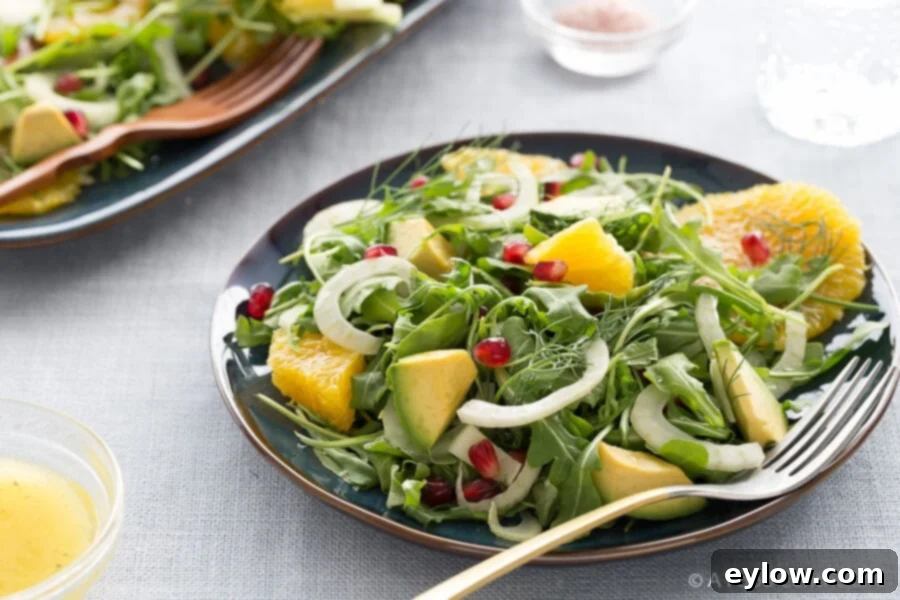
Salads & Sides
- Toss into Green Salads: Pomegranate seeds are a natural fit for virtually any green salad. Their jewel-like appearance and juicy bite provide a beautiful contrast to leafy greens. They are particularly stunning with this spinach salad, a refreshing fennel and orange salad, or a hearty kale salad, adding both visual appeal and a burst of flavor.
- Add to Grains and Legumes: Infuse your grain-based dishes with Mediterranean flair. Mix pomegranate seeds into savory quinoa tabbouleh, couscous, farro, or wild rice salads, alongside fresh herbs, toasted nuts, and a light vinaigrette for an explosion of textures and tastes.
- Garnish Roasted Vegetables: Elevate simple roasted vegetables by scattering pomegranate seeds over them just before serving. They offer a delightful sweet-tart counterpoint to the earthiness of roasted acorn squash slices, Brussels sprouts, or carrots.
- Spoon Over Soups: A handful of vibrant pomegranate seeds adds an unexpected brightness and textural dimension to creamy soups. They are especially lovely over rich, autumnal soups like curried butternut and carrot soup or a warming butternut apple soup, providing a fresh pop in every spoonful.
- Add Color to Green Beans: Transform classic side dishes. Sprinkle pomegranate seeds generously over Thanksgiving green beans, especially when prepared with sautéed shallots or almonds, for an elegant upgrade that offers both visual appeal and a tangy crunch.
- Cole Slaw Enhancement: Stir into your favorite cole slaw recipe for a pop of color and a fresh, tart counterpoint to creamy dressings.

Appetizers
- Dress Up Crostini: Impress your guests by adorning crostini with pomegranate seeds. They pair beautifully with creamy goat cheese crostini, a vibrant layer of golden hummus, or even a classic bruschetta. Their color and textural contrast are simply superb, particularly in pomegranate guacamole – it’s truly fantastic!
- Stir into Vinaigrettes: Create a unique and flavorful dressing by whisking pomegranate seeds into your homemade vinaigrettes. Combine them with high-quality olive oil, balsamic or pomegranate vinegar, and a touch of Dijon mustard for a delightful, tangy dressing that’s perfect for green salads or grain bowls.
- Elevate Cheese Boards: Pomegranate seeds are a sophisticated addition to any cheese board. Their vibrant color and juicy tang cut through the richness of cheeses, especially creamy goat cheese, brie, or sharp cheddar, providing a refreshing palate cleanser.
- Stuffed Dates: For a quick and elegant appetizer, stuff pitted dates with a dollop of soft cheese (like mascarpone or goat cheese) and sprinkle with pomegranate seeds.
Main Courses
- Garnish Roasted Meats: Pomegranate seeds provide a sensational contrast to rich, savory roasted meats. Sprinkle them over roasted lamb, chicken, or duck just before serving to add a bright, acidic counterpoint and a beautiful pop of color.
- Enhance Rice Pilafs: Incorporate pomegranate seeds into Middle Eastern or Mediterranean-inspired rice pilafs. Their tartness balances the savory herbs and spices, making each spoonful more exciting.
- Fish Topping: A light scattering of pomegranate seeds over baked or grilled white fish, like cod or halibut, can add an unexpected layer of freshness and elegance.
- Tacos and Wraps: Add a surprising crunch and tang to savory tacos, burritos, or lettuce wraps. They work particularly well with spicy or smoky fillings.
Desserts & Drinks
- Accent Sweets: Pomegranate seeds are a pastry chef’s secret weapon for adding elegance and flavor to desserts. Scatter them on a rich chocolate mousse, creamy vanilla panna cotta, or a scoop of vanilla bean ice cream for an immediate upgrade in both taste and presentation. They also pair wonderfully with cheesecakes, fruit tarts, and even simple bowls of fresh berries.
- Garnish Festive Drinks: Transform any beverage into a celebratory concoction. Drop a few brilliant seeds into sparkling water, club soda, Champagne, mimosas, or your favorite cocktails for a visual flourish and a delicate flavor release.
- Add to Sauces: Stir pomegranate seeds into sauces and chutneys for added texture and a burst of juicy tartness. They are a magnificent addition to whole berry cranberry sauce, lending a beautiful jewel-toned sparkle and an extra layer of fruitiness, perfect for holiday meals.
- Kids’ Festive Drink: Delight the younger crowd by creating a “pomegranate Shirley Temple.” Simply add a spoonful of pomegranate seeds to ginger ale with a splash of grenadine for a fun, non-alcoholic festive drink.
- Fruit Crisps and Crumbles: While baking, scatter pomegranate seeds over fruit crisps or crumbles, or add them as a fresh topping after baking for a burst of fresh fruit flavor and color.
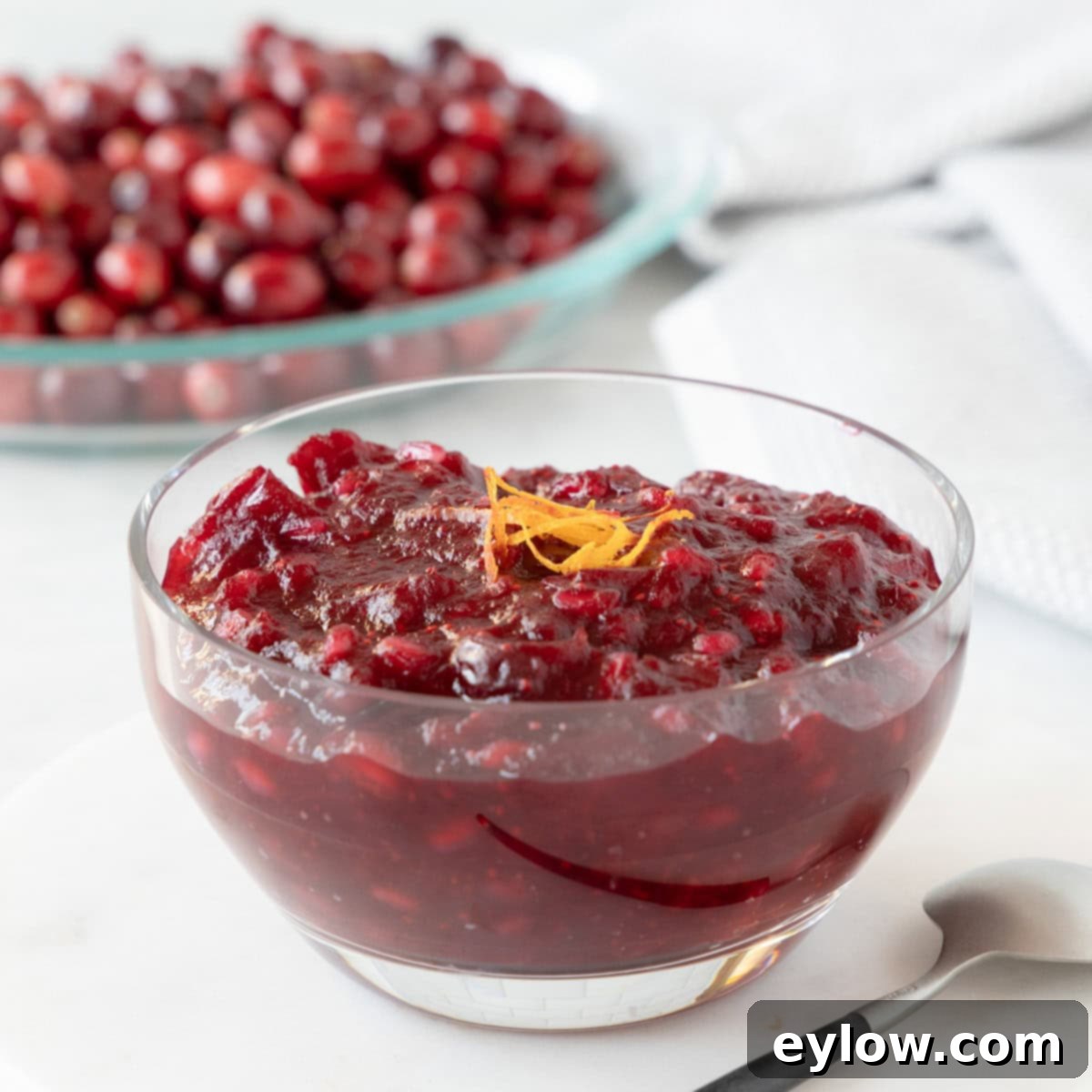
The Versatility of Pomegranate: Beyond Just Arils
While the arils are the star of the show, the versatility of the pomegranate extends beyond its seeds. Pomegranate juice, readily available, is a powerful antioxidant drink, often used in marinades, cocktails, and even reductions to create a rich, tangy sauce. Pomegranate molasses, a thick, dark syrup made from reduced pomegranate juice, offers an intense sweet-tart flavor profile that is indispensable in Middle Eastern cuisine. It’s fantastic in dressings, glazes for meats, or drizzled over hummus. Exploring these other forms of pomegranate can further expand your culinary horizons, showcasing the full spectrum of this remarkable fruit’s capabilities.
However you choose to incorporate them, pomegranate seeds consistently deliver an unparalleled combination of vivid color, satisfying crunch, and a bright, irresistible sweet-tart flavor to every dish they grace. During their peak season, make it a habit to keep a bowl of freshly deseeded arils on hand in your refrigerator. Tossing them into your favorite dishes is an effortless way to provide an instant upgrade, transforming everyday meals into something special. It’s these thoughtful, small culinary touches that not only make healthy food feel exciting and gourmet but also elevate the entire dining experience.
Chef’s Tip – Storing Pomegranate Seeds for Peak Freshness
For the absolute best quality, consider deseeding your own pomegranates. The freshly extracted arils, when properly dried and stored in an airtight container in the refrigerator, will stay fresh, plump, and crisp for up to a full week. In contrast, the pre-packaged arils often found in plastic cups at grocery stores tend to lose their desirable texture much faster, sometimes becoming soft or slimy in just a few days. If you’re looking for an even longer storage solution, freezing is your best bet. Spread freshly seeded arils in a single layer on a sheet pan and freeze them until solid before transferring them to a freezer bag. This method ensures they retain their beautiful color and delightful texture for several months, ready to be enjoyed year-round.
